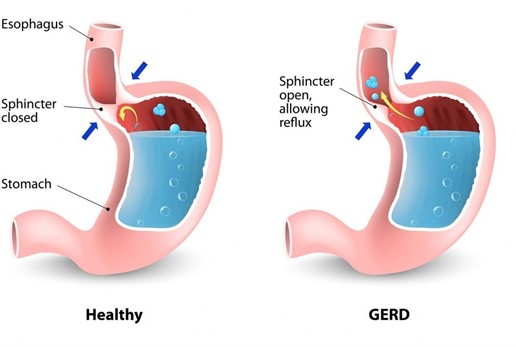A 10-year-old boy has been seen frequently by the school nurse over the past three weeks after school begins in the fall. He reports headaches, stomach aches, and difficulty sleeping.
Which intervention should the nurse implement?
Ask the boy to describe a typical day at school.
Compare the child's vital signs over the past three weeks.
Conduct a complete neurological assessment.
Counsel the parents to pay more attention to the child.
The Correct Answer is A
The boy's reported symptoms may indicate stress or anxiety related to his school experience. By asking the boy to describe a typical day at school, the nurse can gather information about the child's interactions with teachers and peers, academic performance, and any other potential sources of stress. This information can be used to develop an appropriate plan of care that addresses the child's emotional and physical needs.
Comparing vital signs or conducting a neurological assessment may not provide useful information in this case, and counseling the parents to pay more attention to the child is not a recommended intervention without first identifying the underlying cause of the child's symptoms.
Nursing Test Bank
Naxlex Comprehensive Predictor Exams
Related Questions
Correct Answer is B
Explanation
The client should be instructed to eat a source of sugar if he experiences profuse perspiration, which may indicate hypoglycemia or low blood sugar. Other symptoms of hypoglycemia include shakiness, confusion, dizziness, and weakness.
Eating a source of sugar, such as a glucose tablet, fruit juice, or candy, can quickly raise blood sugar levels and alleviate symptoms of hypoglycemia.
A racing pulse, excessive thirst, and seeing spots are not typically associated with hypoglycemia.
Correct Answer is A
Explanation
The child with gastroesophageal reflux should avoid acidic and spicy foods, as well as high-fat and high- sugar foods. Sugar cookies are a low-fat and low-sugar snack, which indicates that the child understands the dietary restrictions. Choices B, C, and D are high in fat, sugar, or acid and may exacerbate gastroesophageal reflux symptoms.

Whether you are a student looking to ace your exams or a practicing nurse seeking to enhance your expertise , our nursing education contents will empower you with the confidence and competence to make a difference in the lives of patients and become a respected leader in the healthcare field.
Visit Naxlex, invest in your future and unlock endless possibilities with our unparalleled nursing education contents today
Report Wrong Answer on the Current Question
Do you disagree with the answer? If yes, what is your expected answer? Explain.
Kindly be descriptive with the issue you are facing.
